Narendra Kaushik
The spate of violent incidents that shook Assam last year in July has unleashed a debate on the dangers posed by the so-called illegal immigration from Bangladesh.
The Bodo-Muslim clashes which continued for several days in July and then resumed in November last year, claimed over 100 lives with Kokrajhar district alone losing over 72 people.
During the riots, over 250 villages were ravaged with the mobs torching houses after looting valuables and cattle. Initially over 4.8 million people reported in the relief camps. Close to 4.5 million returned after a while leaving 32,000 people in the camps.
Post violence, the Assam government is in a catch-22 situation on where to rehabilitate over 13,000 Muslims who have been found without land documents in Kokrajhar and Chirang districts.
During scrutiny of over 24,000 and 8,000 applications filed for rehabilitation by the displaced Muslims in Kokrajhar and Chirang respectively, the administration found that 7,000 and 6,000 people had no land documents.
Here is a look at life in some of the camps
...
Assam's displaced Muslims: The NOWHERE people
Image: A bird's eye view of a Muslim relief camp. (inset) Deputy Chief of the Bodoland Territorial Council government Kampa BorgoyariThe state administration has the option of either rehabilitating them on the basis of voter cards issued in 2005 or pay a compensation of Rs 500 to each displaced person the way it did in 1994 and hope that they will be able to buy land for construction of huts in rural areas.
The local Bodo People's Front government which governs four districts of Bodoland Territory Area Districts (Udalgiri and Bakas being the other two districts) has opposed the rehabilitation of these people.
"These people shouldn't be brought at any cost. The Group of Ministers (GoM – formed by the Assam government to decide on relief and rehabilitation for the displaced), said only people with land documents will be rehabilitated. We want the government to clear our forest land," thunders Kampa Borgoyari, deputy chief of the Bodoland Territorial Council government.
Assam Chief Minister Tarun Gogoi told this correspondent that the displaced Muslims not having land documents would be settled in BTAD only. "The EC has included them in the voter list. They are Indian citizens," he claimed on a recent visit to Delhi.
...
Assam's displaced Muslims: The NOWHERE people
Image: A boy struggles to pull his bucket out of slime puddle near a hand pumpOver 25,000 people are still being forced to brave the harsh winter under tarpaulin roof. They bath, wash, cook, eat and shave in the open and drink water from a few hand pumps that have been installed by the government.
The civic amenities are almost non-existent making the fear of outbreak of an epidemic a real possibility.
...
Assam's displaced Muslims: The NOWHERE people
Image: An immigrant and his familyBesides the 13,000 people who have been found without land documents there are at least another 5,000 such whose land documents have not been approved by the BTC.
These people have land registered in the name of their elder siblings, parents or grandparents.
...
Assam's displaced Muslims: The NOWHERE people
Image: A ravaged primary school buildingMuslims living across Gourang River are being rehabilitated in temporary camps guarded by paramilitary personnel.
Around half a dozen villages were burnt and demolished during Bodo-Muslim clashes there in July this year. The villages were completely ravaged with the mob not sparing even their plants and rice crops.
...
Assam's displaced Muslims: The NOWHERE people
Image: An immigrant bathes in the openThe Bodo-Muslim clashes which continued for several days in July and then resumed in November last year, claimed over 100 lives with Kokrajhar District alone losing over 72 people.
During the riots, over 250 villages got ravaged with the mobs torching houses after looting valuables and cattle. Initially over 4.8 million people reported in the relief camps. Close to 4.5 million returned to their places after a while leaving 32,000 people in the camps.
...
Assam's displaced Muslims: The NOWHERE people
Image: A family scans the debris in their house in Ghunghunikhata villageMany Bodo villages particularly those bordering Muslim-dominated Dhubri District also bore the brunt of violence.
At least half a dozen such villages were set on fire by rampaging mobs. Malgaon, one such village, has not had electricity for over six months because the attackers scampered with its transformer.
...
Assam's displaced Muslims: The NOWHERE people
Image: The spot where four Bodo youths were killed on July 20, 2012The violent clashes were triggered by killing of four Bodo youths in a village on the outskirt of Kokrajhar.
Muslims have claimed that the motorcycle-borne youth were armed and had fired at them but the BPF and the police have rejected the claim.
...
Assam's displaced Muslims: The NOWHERE people
Image: The burnt house of Rehman AkhtarThe violence spread like wildfire not sparing even people living in the cities. Rehman Akhtar, who lived right behind the residences of Kokrajhar inspector general, the superintendent of police and deputy commissioner along with his two brothers and their children, was attacked by a large mob around midnight on July 22.
He and his family fled but his house was set on fire.
...
Assam's displaced Muslims: The NOWHERE people
Image: Arup Banerjee's daughter peeps into her damaged room. A Pandit's house next to Akhtar's also got partially burnt in the fire. Banerjee is yet to be compensated for the damageBy the 23rd and 24th July, the violence spread to major parts of Kokrajhar, Chirang and Dhubri (not part of Bodoland) with vigilante mobs of Muslims and Bodos plundering rival habitations.
...
Assam's displaced Muslims: The NOWHERE people
Image: An Assam police patrolTarun Kumar Gogoi, who leads the Congress government in the state, had alleged that he was not given forces to control the riots.
Ironically, a number of battalions of different para military and army are headquartered in and around the affected districts.
...
Assam's displaced Muslims: The NOWHERE people
Image: A bird's eye view of a Muslim relief campThe governments (the Central and the State) have announced a compensation of Rs 8 lakh for kin of each deceased. Critical and simple injuries would fetch an assistance of Rs 50,000 and Rs 10,000 respectively.
During his visit to the riot-affected areas, Prime Minister Manmohan Singh had announced a compensation of Rs 30,000 and Rs. 20,000 for houses damaged extensively and partially.
...
Assam's displaced Muslims: The NOWHERE people
Image: A group of displaced Bodo womenThe BPF has demanded upgradation of National Register of Citizens on the basis of electoral rolls of 1971 when lot of Bangladeshis trickled into the State. The NRC has not been updated since 1951.
The Bodos have also demanded closure of riverine stretches of Indo-Bangla border from where Bangladeshis allegedly sneak into Assam. In an exclusive conversation with this correspondent, Gogoi rejected the second demand saying that giving an identity would be a better option.
He said his government would update the NRC but did not say what would be the cutoff date for that.
...
Assam's displaced Muslims: The NOWHERE people
Image: The Bodoland Legislative AssemblyThe police have registered over 1700 cases for the violence. Seven cases including the killing of four Bodo youths have been transferred to the Central Bureau of Investigation. Over six dozen people have been arrested for the riots.
The BTAD has been ruled by the BPF since 2003 when the state, centre and the extremist Bodos group signed an accord for peace.
Except Law and Order and Relief and Rehabilitation which are with the state government, all other subjects are under the jurisdiction of the BTC.

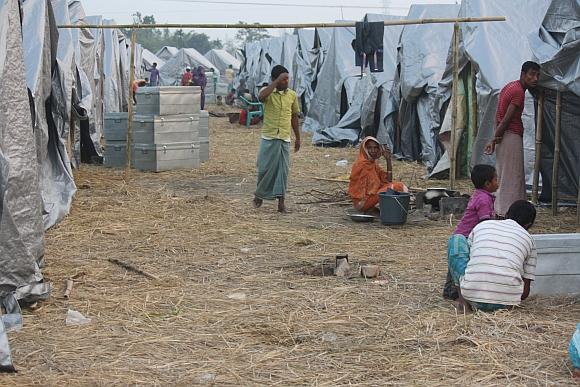

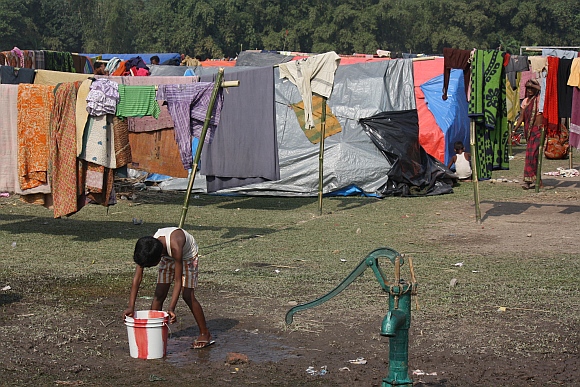
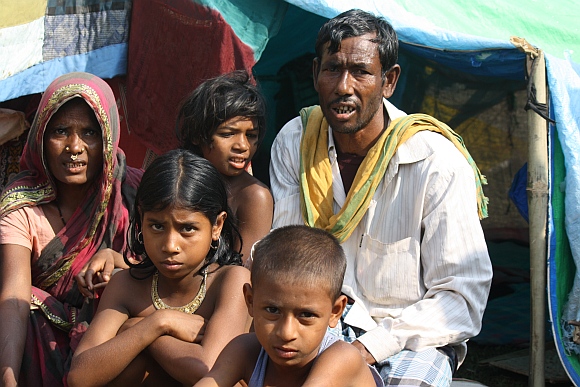
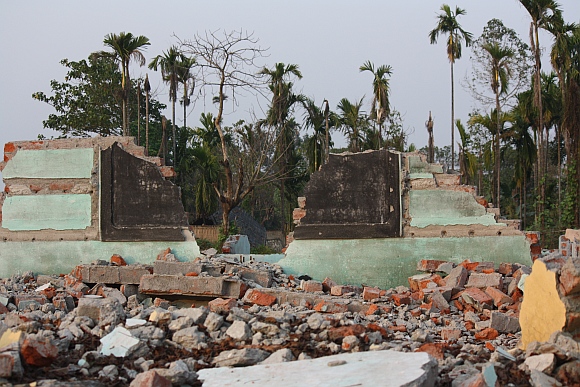
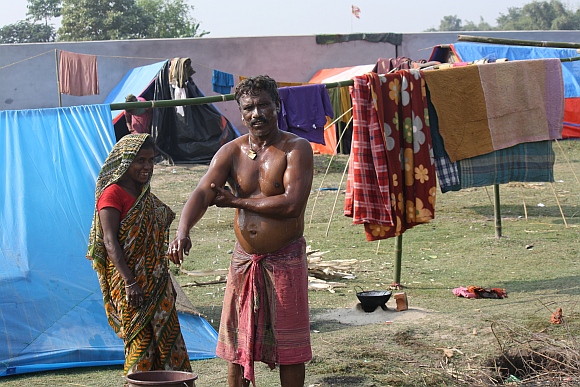
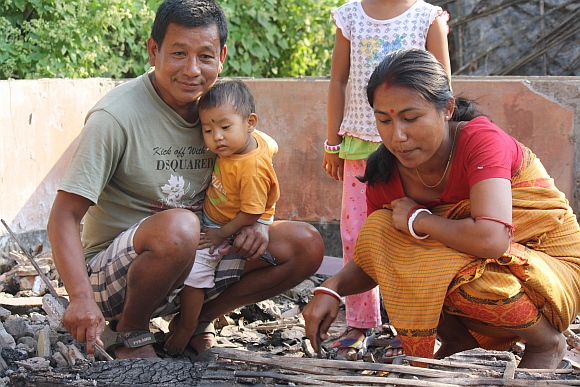
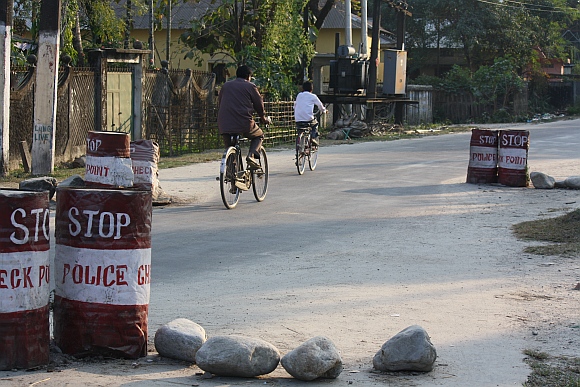

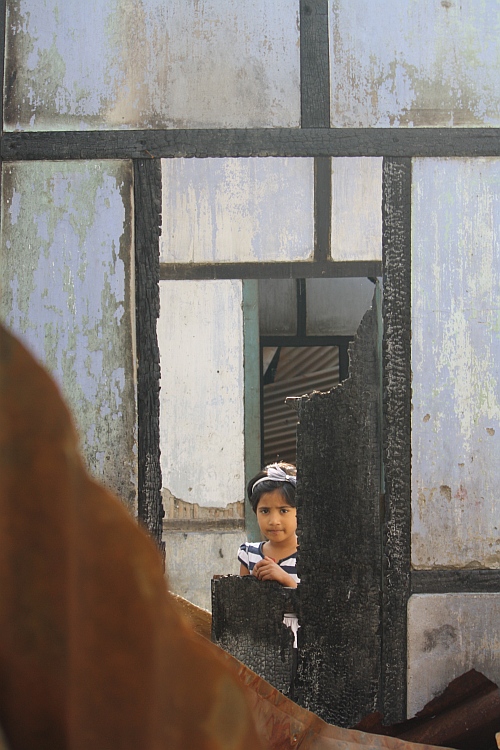

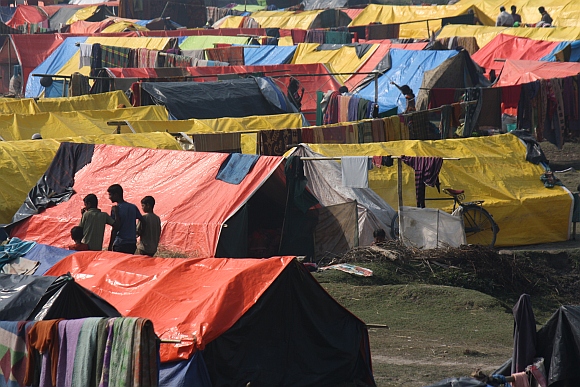


article